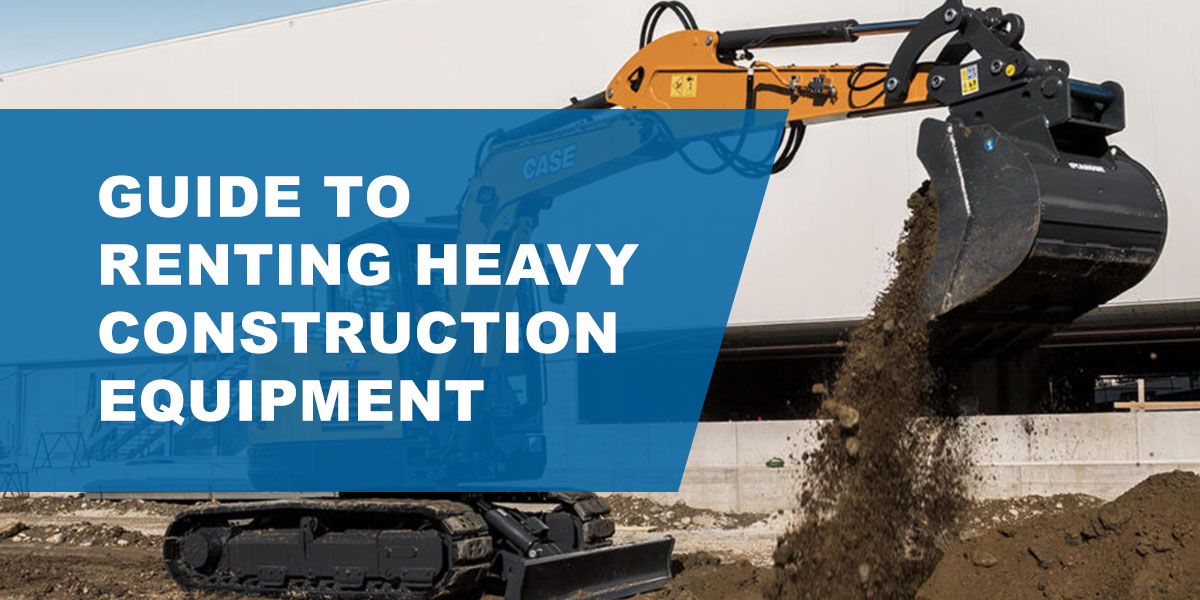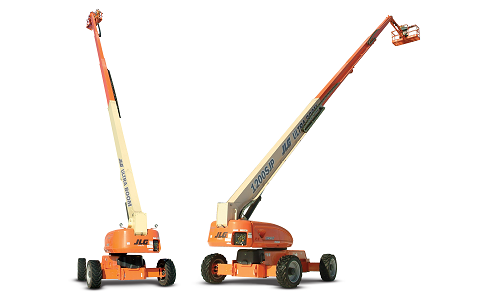Aerial Lift Rental: Versatile Training Solutions for High-Access Jobs
Aerial Lift Rental: Versatile Training Solutions for High-Access Jobs
Blog Article
Maximize Your Budget Plan by Understanding the Costs Connected With Building Devices Leasings
Understanding the complete extent of costs associated with building equipment services is essential for maximizing your spending plan. What strategies can be used to effectively take care of these expenses and make certain an extra effective rental experience?
Review of Rental Prices
When thinking about building and construction devices leasings, understanding the associated prices is extremely important for efficient budgeting and project planning. Rental prices can vary considerably based upon a number of aspects, including devices kind, period of leasing, and place. The first rental cost often reflects the devices's market demand and its associated functional capacities, affecting the total expenditure.
In addition to the base rental price, supplementary costs might arise, such as transportation charges, gas surcharges, and upkeep fees. It is vital to represent these additional costs to properly assess the total expense of renting out devices. The rental period can affect rates; longer rentals may qualify for reduced rates, while short-term services could incur higher daily fees.

Malfunction of Rental Rates
A comprehensive understanding of rental rates is essential for contractors and task supervisors aiming to enhance their budgets. Rental rates for building equipment normally include a number of elements, consisting of base prices, time-based fees, and use fees.
Base rates are the core fees linked with the rental of the tools, frequently identified by the type and dimension of the machinery. These prices can vary considerably, affected by elements such as equipment need, accessibility, and regional market trends. Time-based charges, which may be daily, weekly, or monthly, serve to suit different project timelines and rental periods.
Furthermore, rental prices might consist of usage charges, which apply when equipment is utilized past a specified limit, ensuring that the rental firm can account for wear and tear. Seasonal demand variations can also influence rental rates, with peak construction periods generally regulating higher costs.
Moreover, recognizing the rental company's policies regarding upkeep and insurance policy can supply additional understanding into the total expense structure. By analyzing these elements, contractors can make enlightened choices, making sure the choice of rental tools straightens with both job requirements and spending plan restrictions.
Extra Charges to Take Into Consideration
Recognizing the intricacies of additional costs is critical for contractors to manage their overall leasing costs successfully. Past the basic rental rates, various supplemental fees can considerably impact the complete cost of devices service. These fees usually consist of distribution and pick-up charges, which can vary based upon distance and logistics entailed in transporting the equipment to and from the job site.
Furthermore, some rental firms may enforce gas surcharges if the tools is returned with much less fuel than when leased. It is additionally vital to know potential cleansing fees, specifically for customized devices that requires complete upkeep after usage.

Thoroughly assessing the rental contract and clearing up these extra costs click this link ahead of time can help specialists guarantee and avoid unexpected expenses that spending plans continue to be undamaged throughout the project lifecycle.
Upkeep and Repair Service Expenditures
Routine repair and maintenance costs are often ignored aspects that can dramatically affect the total cost of construction devices rentals. When renting devices, it is vital to think about not just the rental charges but additionally the prospective costs related to maintaining the equipment in optimum operating condition.
Many rental companies consist of fundamental maintenance as component of the rental contract; however, a lot more extensive fixings or unanticipated malfunctions can result in added costs. It's vital to examine the rental contract very carefully to recognize what maintenance services are covered and what duties drop on the tenant.
Additionally, tools that is not well-maintained can bring about inefficiencies on the job website, possibly causing delays and increasing project prices. To minimize these dangers, it is advisable to conduct regular evaluations and keep open interaction with the rental company pertaining to any kind of problems that occur during use.
Insurance Policy and Liability Prices
Insurance and liability expenses are critical parts that can considerably affect the general expense of construction equipment services (boom lift rental). These costs guarantee that both the rental business and the client are secured from prospective financial losses occurring from accidents, damage, or theft during the rental duration

Additionally, customers need to know any kind of deductibles or exemptions in the insurance coverage, as these can affect potential out-of-pocket expenditures. Recognizing the conditions of any type of insurance policy protection is important to avoid unforeseen expenses. Inevitably, budgeting for insurance policy and liability expenditures can why not try these out aid guarantee a smoother rental experience and secure versus economic dangers related to building projects.
Final Thought
In verdict, an extensive understanding of the prices linked with building devices rentals is vital for effective spending plan management. Eventually, notified decision-making concerning tools leasings contributes to the overall success of construction ventures.
Rental prices can differ significantly based on numerous factors, consisting of devices type, duration of leasing, and location (dozer rental). The rental duration can affect prices; longer rentals might qualify for affordable rates, while short-term services may sustain higher day-to-day charges
By carrying out detailed research and engaging with trustworthy rental firms, contractors can successfully browse the intricacies of rental prices, ultimately optimizing their financial sources.
Beyond the conventional rental rates, various supplemental charges can significantly affect the total price of tools service. Rental firms usually supply obligation insurance policy that covers injuries to 3rd parties or damage to property, while tools damage insurance policy can cover the cost of repairs or replacement if the rented out devices is damaged.
Report this page